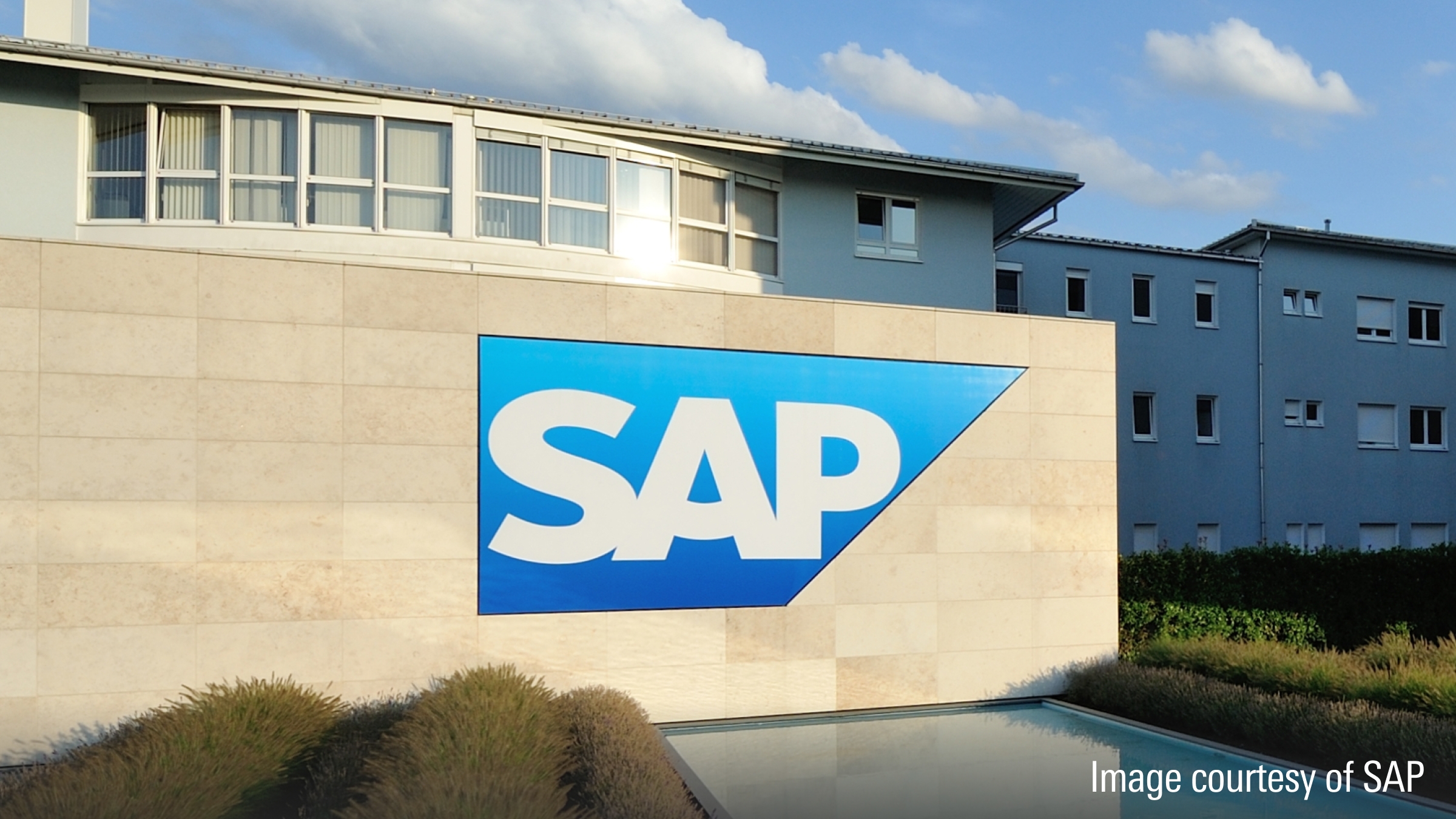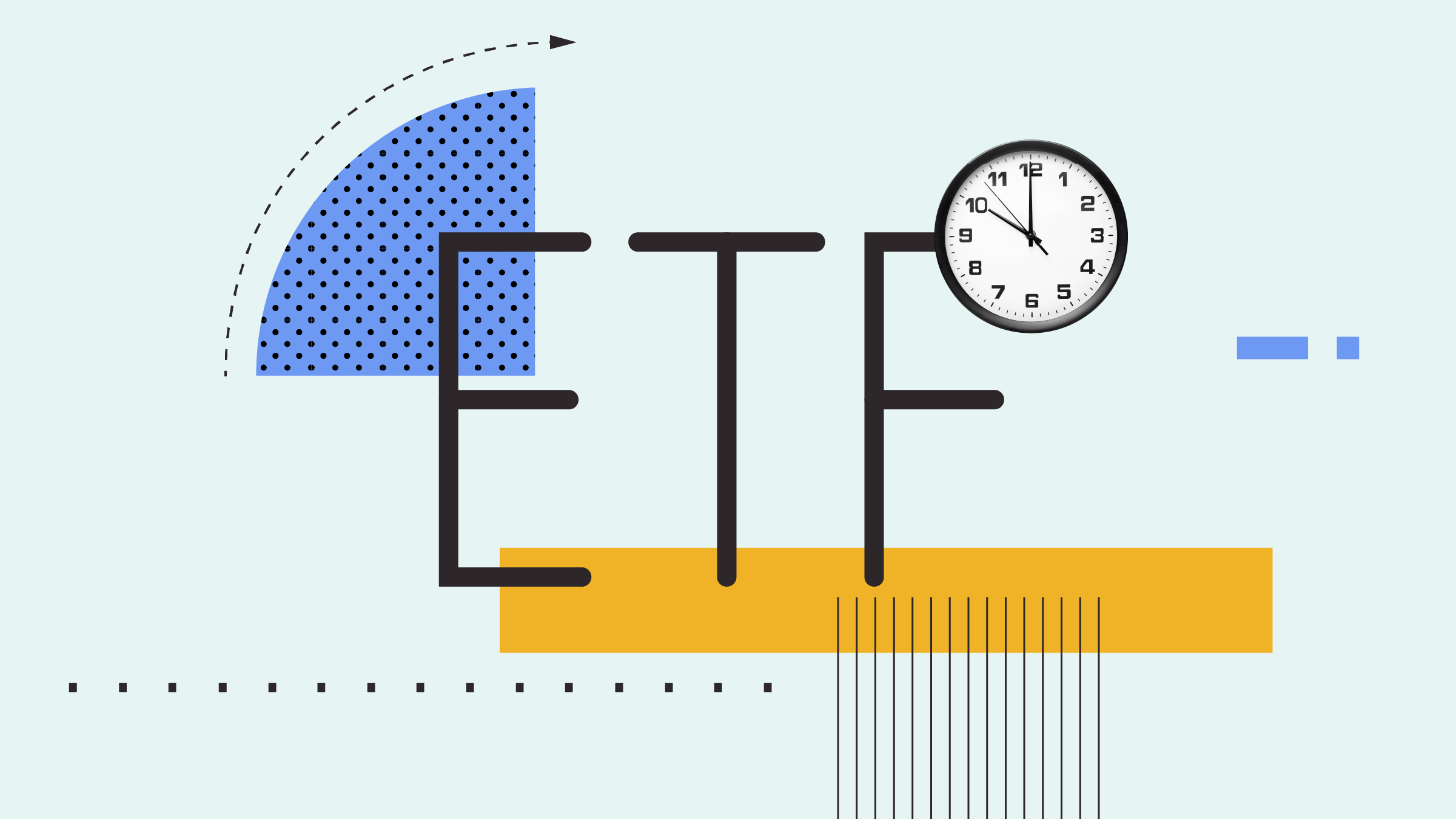
In recent weeks, markets have been tossed back and forth by the conflict between Russia and the Ukraine.
This kind of news falls under the umbrella of geopolitical risk, which carries its own set of dynamics distinct from the usual challenges when it comes to investing, such as economic and corporate news or valuations. With geopolitical risks, the market's short-term direction can change in a flash based on the latest headline.
This raises the question: How can investors best attempt to handle geopolitical risks in a portfolio?
Dan Kemp, Morningstar Investment Management global chief investment officer, says there are four ways investors typically handle geopolitical risks. Some of them are wiser than others.
Predict and Gamble
“Investors may try to predict the outcome of a geopolitical issue and then guess the impact it will have on investment markets. If done successfully, it can make them seem to be a money-making master,'' Kemp says.
“But, more often than not, people get it terribly wrong. Positioning portfolios on this basis is a very dangerous game that is unlikely to align with investor goals.”
Protection First
Faced with a specific crisis, some investors prefer to sit it out and wait.
“This is loss aversion in action,” says Kemp.
“If the worst-case scenario prevails, they feel like a conservative genius, having protected capital during the dark turning point. However, the problem with this approach is that the market is always throwing potential curveballs.
“An investor who avoids the market on the basis of any potential event-risk could end up sitting in cash on a semi-permanent basis. This approach can be the most dangerous of all, with inflation further eroding cash returns and implying that one would be better off holding on and riding through short-term volatility.”
Holding Tight
A buy and hold mentality acknowledges one’s inability to predict events, and may help to keep investors’ minds trained on the long term.
“This is far superior to the prior two approaches, not least because it keeps costs and turnover low, which are admirable traits that will ultimately benefit long-term investors,” says Kemp.
“That said, investors are inherently bad at it. Evidence suggests investors are susceptible to change amid market panic. No-one likes to lose 50% of their nest egg and that can move investors into the ‘protection first’ mode noted above. This tends to exacerbate any downturn and subsequently creates the potential for further mispricing opportunities.”
Valuation Stations
This final approach considers the impact geopolitical risks would have on the intrinsic value of investment markets, and is based on a monitoring of the difference between price and that fundamental baseline.
“This is akin to the ‘Mr Market’ analogy endorsed by Benjamin Graham and Warren Buffett, where an emotional human can often sell at prices that don’t reflect the underlying value,” says Kemp.
“This approach is logically sound, but it requires a rational framework and enforced discipline.”
Which is Best?
Kemp argues that a combination of the latter two approaches is best, as “they help investors to control their behavioral urges while concentrating their analysis on what matters most.”
If executed correctly, investors are then able to recognize that heightened geopolitical tension is unlikely to materially shift the underlying fundamentals, creating an opportunity to buy something for less than it is worth.
“The idea is to avoid action, except where it presents an opportunity, because fear-driven selling is rarely a good idea,” Kemp says.
“It is much better to understand the different scenarios presented by geopolitical tension and the impact they may have on the long-term fundamental drivers. The benefit of this type of analysis is that it creates a fundamental baseline that can be used to monitor how far market prices are moving and whether a contrarian opportunity or danger presents itself.”




















